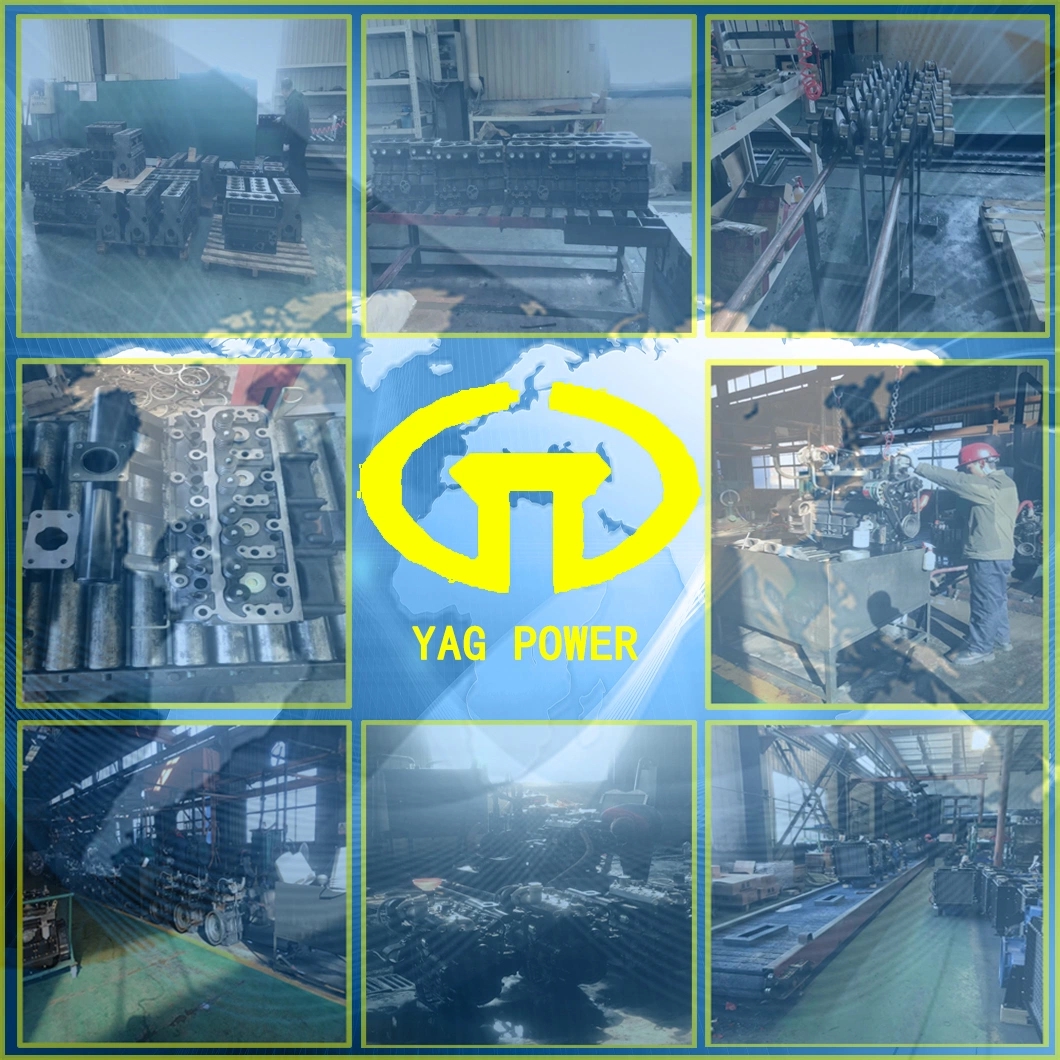**Introduction**
Diesel generators are vital components in many industries, providing a reliable power source for backup, remote operations, and continuous power supply. However, the use and operation of diesel generators come with significant safety concerns that must be addressed to ensure the safety of personnel, equipment, and the environment. This article explores the safety standards relevant to diesel generators, the associated risks, best practices for safe operation, and the regulatory framework that governs their use.
**1. Understanding Diesel Generators**
A diesel generator consists of a diesel engine coupled with an electrical generator (often an alternator) to produce electrical energy. These generators are commonly used in various applications, including:
- Emergency power supply during grid failures
- Remote areas lacking infrastructure
- Industrial applications requiring uninterrupted power
While they are essential for many operations, it is crucial to recognize the potential hazards associated with their use.
**2. Safety Hazards Associated with Diesel Generators**
Several safety hazards are associated with diesel generators, including:
- **Fire Hazards**: Diesel fuel is flammable, and improper handling or leaks can lead to fire incidents.
- **Toxic Emissions**: Diesel engines emit harmful pollutants, including carbon monoxide (CO), nitrogen oxides (NOx), and particulate matter (PM), which can pose health risks.
- **Noise Pollution**: Diesel generators can produce significant noise, leading to hearing damage and other health issues.
- **Electrical Hazards**: Improper installation, maintenance, or operation can lead to electrical shocks or equipment failure.
- **Mechanical Hazards**: Moving parts can pose risks of injury if safety guards are not in place.
**3. Regulatory Framework and Standards**
Various international, national, and local standards govern the safety of diesel generators. Some of the key standards include:
- **ISO 8528**: This international standard covers the performance requirements for diesel generators, ensuring they operate safely and reliably.
- **NFPA 37**: The National Fire Protection Association standard covers the installation and use of stationary generators and internal combustion engines.
- **OSHA Regulations**: The Occupational Safety and Health Administration (OSHA) establishes regulations to ensure safe working conditions, including those involving generators.
- **EPA Regulations**: The Environmental Protection Agency regulates emissions from diesel engines, aiming to reduce air pollution and protect public health.
**4. Best Practices for Safe Operation**
To minimize risks associated with diesel generators, operators should adhere to several best practices:
### 4.1. Installation Safety
1. **Site Selection**: Choose a location that minimizes risks of flooding, fire, and exposure to extreme weather.
2. **Ventilation**: Ensure proper ventilation to disperse exhaust gases and prevent accumulation of toxic fumes.
3. **Secure Mounting**: Install generators on stable, level surfaces to prevent tipping or movement.
### 4.2. Fuel Handling and Storage
1. **Proper Storage**: Store diesel fuel in approved containers away from ignition sources.
2. **Regular Inspections**: Conduct routine checks for leaks, spills, and corrosion on fuel tanks and lines.
### 4.3. Maintenance and Inspection
1. **Routine Maintenance**: Follow the manufacturer's maintenance schedule, including oil changes, filter replacements, and system checks.
2. **Inspection Protocols**: Regularly inspect electrical connections, fuel systems, and exhaust systems for wear and damage.
### 4.4. Operator Training
1. **Comprehensive Training**: Train operators on the specific generator model, its operation, and emergency procedures.
2. **Emergency Response Drills**: Conduct drills to prepare personnel for emergencies such as fires or fuel spills.
### 4.5. Environmental Considerations
1. ** 500kw diesel generator **: Install exhaust treatment systems to reduce harmful emissions.
2. **Noise Control Measures**: Use soundproof enclosures or barriers to minimize noise pollution.
### 4.6. Electrical Safety
1. **Grounding**: Ensure proper grounding of the generator to prevent electrical shock.
2. **Circuit Protection**: Use circuit breakers and fuses to protect against overloads and short circuits.
**5. Emergency Preparedness and Response**
Having an emergency preparedness plan is crucial for ensuring safety when operating diesel generators. This plan should include:
- **Emergency Contacts**: List of contacts for emergency services and internal response teams.
- **Emergency Shutdown Procedures**: Clear instructions for safely shutting down the generator in an emergency.
- **Spill Response Plans**: Procedures for dealing with fuel spills and leaks, including containment and cleanup.
- **Fire Response Procedures**: Steps to take in the event of a fire, including evacuation routes and fire extinguisher locations.
**6. Monitoring and Reporting**
Continuous monitoring of diesel generator operations can help identify potential safety issues before they escalate. Implementing a reporting system for:
- **Incidents**: Documenting any accidents, near misses, or unsafe conditions.
- **Maintenance Issues**: Recording any maintenance or operational concerns that arise during use.
- **Training Needs**: Identifying areas where additional training may be necessary for personnel.
**7. Conclusion**
Diesel generators are indispensable for many industries, but their operation must be approached with a strong emphasis on safety. By adhering to established safety standards, implementing best practices, and fostering a culture of safety among operators, the risks associated with diesel generators can be effectively managed.
By understanding the hazards, following regulatory requirements, and ensuring ongoing training and preparedness, organizations can not only comply with safety standards but also protect their workers, equipment, and the environment. Investing in safety is not just a regulatory obligation; it is a commitment to operational excellence and the well-being of all stakeholders involved.

As technology evolves, so too will the standards and practices for diesel generator safety. Continuous improvement and adaptation to new regulations and technologies will be essential in maintaining a safe operational environment.
In summary, the effective management of diesel generator safety involves a comprehensive approach that includes understanding the risks, adhering to regulations, implementing best practices, and fostering a culture of safety within the organization. By prioritizing safety, organizations can ensure that their diesel generators remain a reliable and safe power source for years to come.
